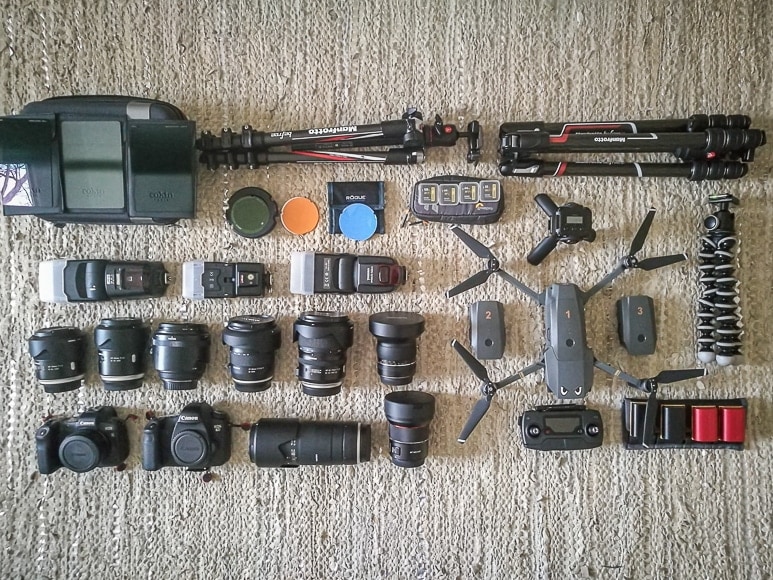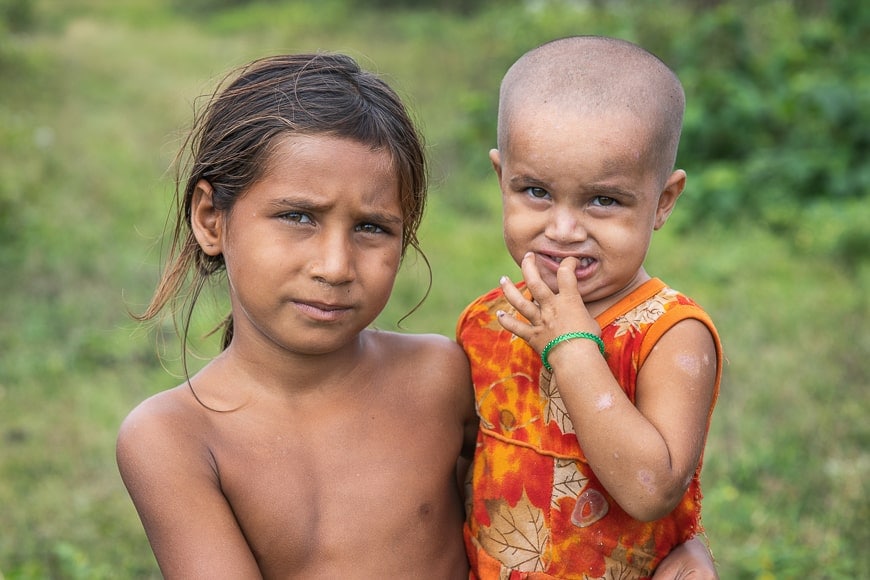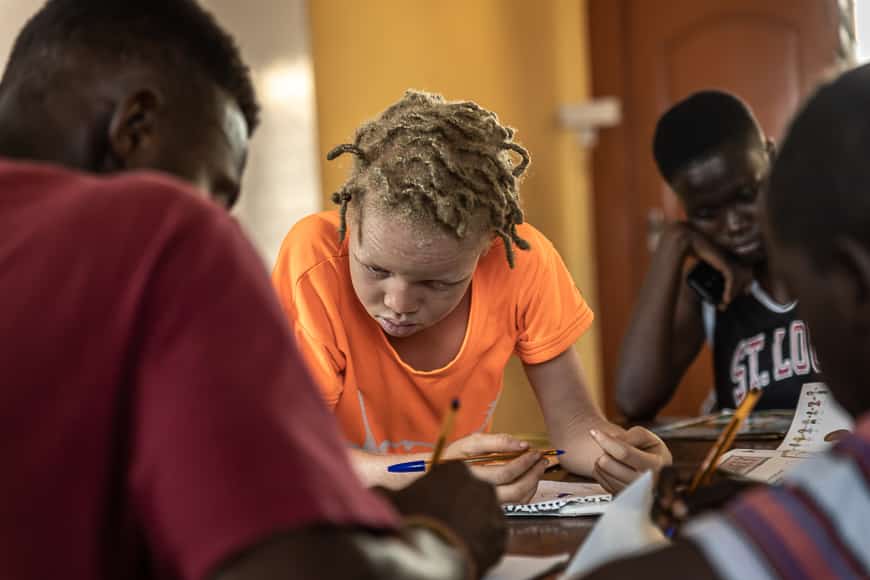






Manuel Delgado
Photojournalism | Last Updated: July 13, 2021
I am a freelance photojournalist with a specialization in NGO-documentary, passionate about capturing images of the work and efforts from local charity institutions and the reality of the people they aim to help.
My assignments have taken place in different countries such as Ghana, India, Bosnia, or Costa Rica. I have traveled to 50+ countries photographing people in their natural environment and translating through the camera the subtle threads of daily life that are shared across cultures, borders, and races.
Also, I am a Mentor for NGO Photographers Alliance, having led workshops in Africa with a focus on ethical and humanitarian photography.
I’m a brand ambassador for Skylum, Cokin, Metz, Deuter, Patagonia, a Coloratti Master, and collaborated with brands, such as BenQ or Manfrotto. My pictures have been published in Media Outlets such as National Geographic, Lonely Planet, and Bleu & Blanc.
Writing about photography is also something that I enjoy and quite often I do contributions to online magazines, such as Contrastly.
Main Gear Talk
The equipment I use during my workflow has changed and evolved over the years as a result of different needs and, of course, available budget. Some have been purchased new and some others are second-hand, but still working flawlessly.
Cameras
Due to the nature of the work I perform in isolated places, it has been indispensable to have two camera bodies. Working in an unfamiliar field under precarious circumstances means that anything could happen, and I need to guarantee quality results for the NGOs that invested in my travels.
My main body is the new Canon R, a camera that delivers great results using the same sensor found in the Canon 5D Mark IV, but lighter and smaller. The Canon 6D -my old budd- is a backup that pops up beautiful colors.
It’s fair to mention that it’s time to give a rest to the Canon 6D as I’m planning to purchase a second mirrorless body. I look forward to the upcoming news from Canon to take a decision.
Lenses
I love prime lenses because I get to use a wider aperture, such as f/1.4 and the images are exceptionally sharp with beautiful bokeh. However, zoom lenses allow me to shoot at a variety of focal lengths to quickly change perspective and add variety to the shots within a second, something that can’t be overstated.
I have a quite good collection of lenses but that doesn’t mean that I always carry with me everything. It all depends on the type of work I will do, the location, and the style of photos I will produce.
Samyang 10mm f/3.5: For shooting artistic perspectives with extreme wide angles.
Samyang 14mm f/2.8: For capturing dramatic shots with the feeling of being up close and intimate with the subject.
Tamron 45mm f/1.8: For still-life images, street photography, and portraits.
Samyang 85mm f/1.4: For portraiture, creating just the right perspective for both the subject and the background.
Tamron 17-35mm f/2.8: For open landscapes, wide establishing shots, or any shot in a tight room.
Tamron 24-70mm f/2.8: For covering wide-angle and zoom shots, becoming a daily walk-around lens.
Tamron 70-210mm f/4: For having everything I should need on the telephoto end that doesn’t require something more specialized.
Flashes
I use flashes for outdoor portraits to fill in some of the shadows and bringing a more artistic perspective. For this regard, I use the Mecablitz 64 AF-1 as it offers something that is not seen on many other flashes: a built-in sub-flash.
Situated directly below the main flash head, the stationary secondary flash tube can be activated as a fill light when the main head is raised or swiveled, for bounce applications.
As a more compact option, the Mecablitz M400 suits very well with my mirrorless camera and while having wireless TTL metering, full manual control, and a built-in video lamp.
Tripods
That’s true, 90% of the time I don’t use them but that remaining 10% working on the field can’t be performed without a steady tripod.
I always go with a trustworthy brand, such as Manfrotto, to guarantee the safety of my camera. To minimize weight without compromising stabilization, I bring to my assignments the Manfrotto BeFree Advanced GT Carbon and as a secondary complement, the BeFree Carbon.
Both options are able to hold a load capacity of 10kg while weighing only 1.5kg, something to consider for traveling and jumping between locations.
Filters
Working on international assignments gives me the opportunity to travel to remote places. Many times, I take the chance to combine work with other photography passions such as photographing landscapes.
For that, I use a complete set of squared 100mm filters by Cokin. Such filters include diverse ND, GND, RGND, and CGND. The Nuances Extreme series is made of strong tempered optical glass with superior reflection control, uniform density, color consistency, and IR suppression resulting in a stunning neutrality.
Memory
On an assignment that lasts 1-2 weeks, I shoot an average of 10,000 pictures or more. This means that I have an increasing need for having quality memory cards to store a big amount of information in a safe way.
My camera supports UHS-II format, the latest adaptation of SD card standards. Therefore, I prefer working with Lexar Professional 2000x, an SDXC UHS-II storage device that is capable of reading speeds of up to 300MB/s. I have two sets of 128GB, 64GB, and 32GB each.
After photographing and as soon as I can, I always do a minimum of two backups of all the images I have taken in external hard drives that I keep in separate places to minimize the risk of losing them at once.
In LaCie, I have found the perfect balance between spiffy-looking, pocket-size mega-storage, and extreme-robust portable drives. I prefer the LaCie Mobile Drive 5TB and the LaCie Rugged Mini 4TB USB-C. The first option dishes up to 540MB/s for high-res transfers and keeps up to 500k high-resolution photos.
Trolleys
The Manfrotto Pro Light Switch-55 is a trolley case that I use very often when I have to take a flight when working abroad. I can have it with me as carry-on luggage and it has the capacity to load two DSLR bodies, up to 4-5 lenses, a 17″ laptop, and other additaments.
Aside from the photography equipment. I’m a big fan of the Deuter Helion 80 and Deuter Helion 60 to bring my personal belongings while carrying my photography equipment. I have noticed that these trolleys complement each other efficiently.
Bags
After many years of trying different backpacks, now I am particularly attached to the Lowepro ProTactic 450 AW II due to its rugged versatility and armored protection.
One of the features that I appreciate the most is having multiple access points for camera bodies, lenses, or a drone. This is a pinpoint to never miss a critical moment. For commuting in the city, I rather go with the Lowepro Freeline BP 350 AW.
Hardware
I spend 50% of my time behind the camera and the other half behind the computer working on the photos as a freelancer. Here I also use gadgets that make the workflow easier and faster.
I use a BenQ SW271 as it has a 4K resolution, 14-bit 3D-Lut, factory calibration, 99% AdobeRGB / 100% sRGB gamut coverage. In order to have an extra punch in color accuracy, I also work with a color calibrator such as the X-Rite i1 Display Pro.
As an additional complement, I use Tourbox, an innovative controller for creative professionals to more easily edit photos and videos (See Tourbox Review here). For having shortcuts to my software, I use a Stream Deck and a Key Light for controlling the working light environment.
The heart of my working station is Elgato Thunderbolt 3 Pro Dock as it drives two monitors at 4K60 via the dedicated DisplayPort connector and over the second Thunderbolt 3, or a single 5K screen while offering up 170W (20V, 8.5A) of power.
Software
There are many software programs available for any budget and level of knowledge. Like most other photographers, I used Lightroom as my main choice for many years.
Although, since I discovered Luminar, I’m fully editing my work through this program. The reasoning is based on their sky tuning tools, polarizing filters, and AI adjustments among many other improvements.
Final words
There’s a lot more to breaking into NGO photography or photojournalism than just having the right gear and it doesn’t guarantee immediate success. It all depends on the capacities and experience as a photographer. However, at least investing in appropriate equipment will put anyone on the right track.
www.photo-picturesque.com | @manuel delgado photography

Check out these 8 essential tools to help you succeed as a professional photographer.
Includes limited-time discounts.












